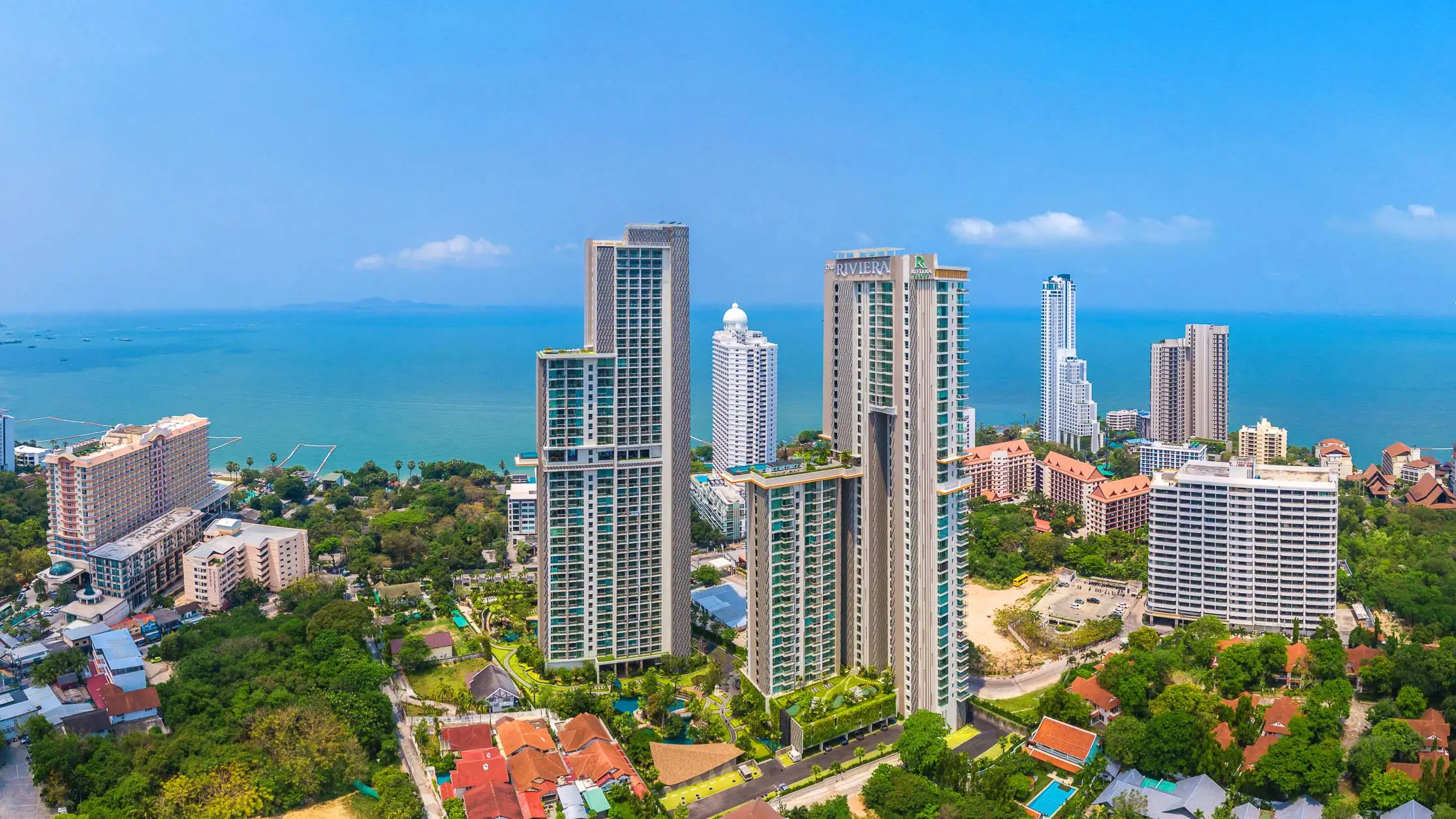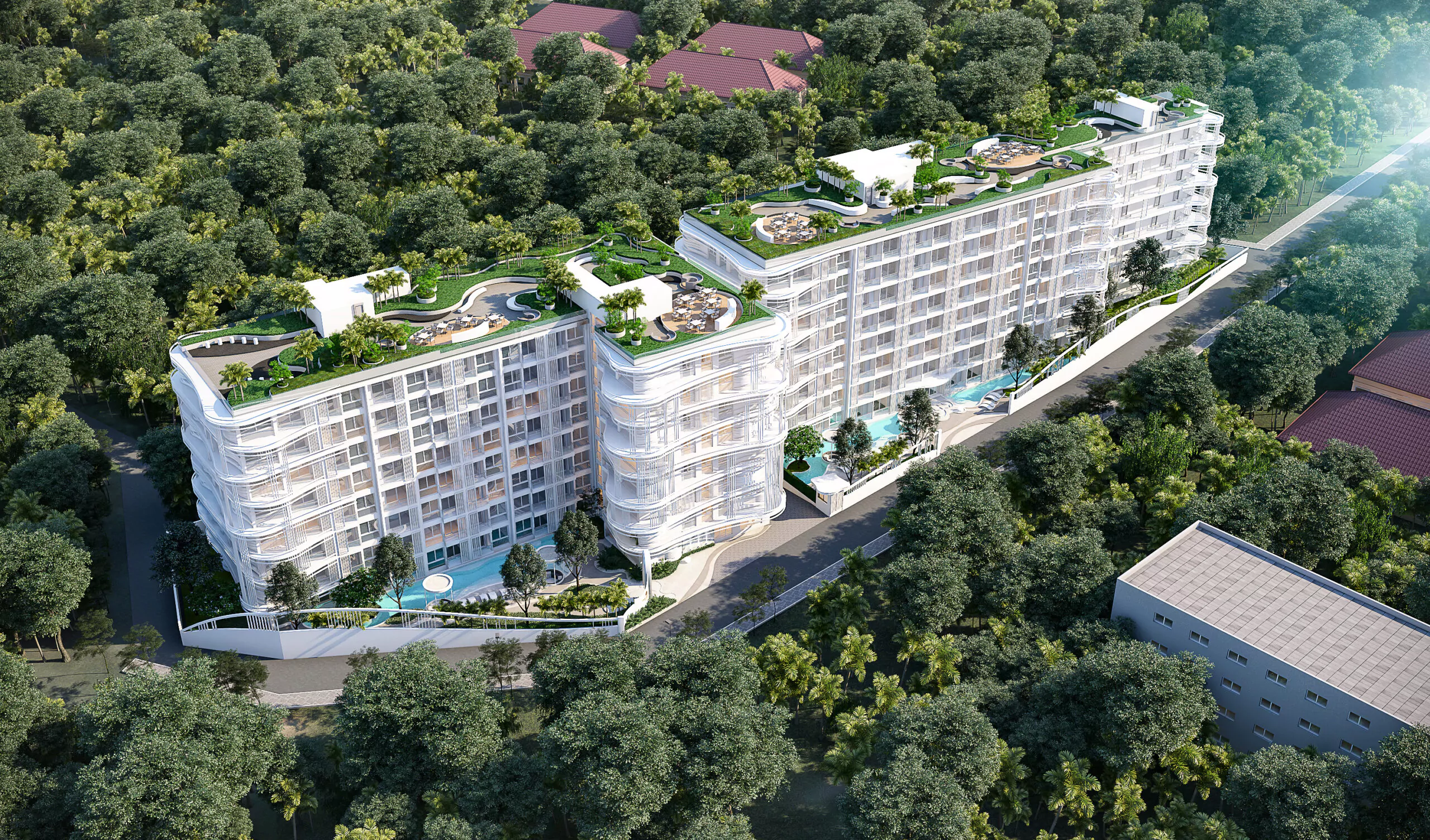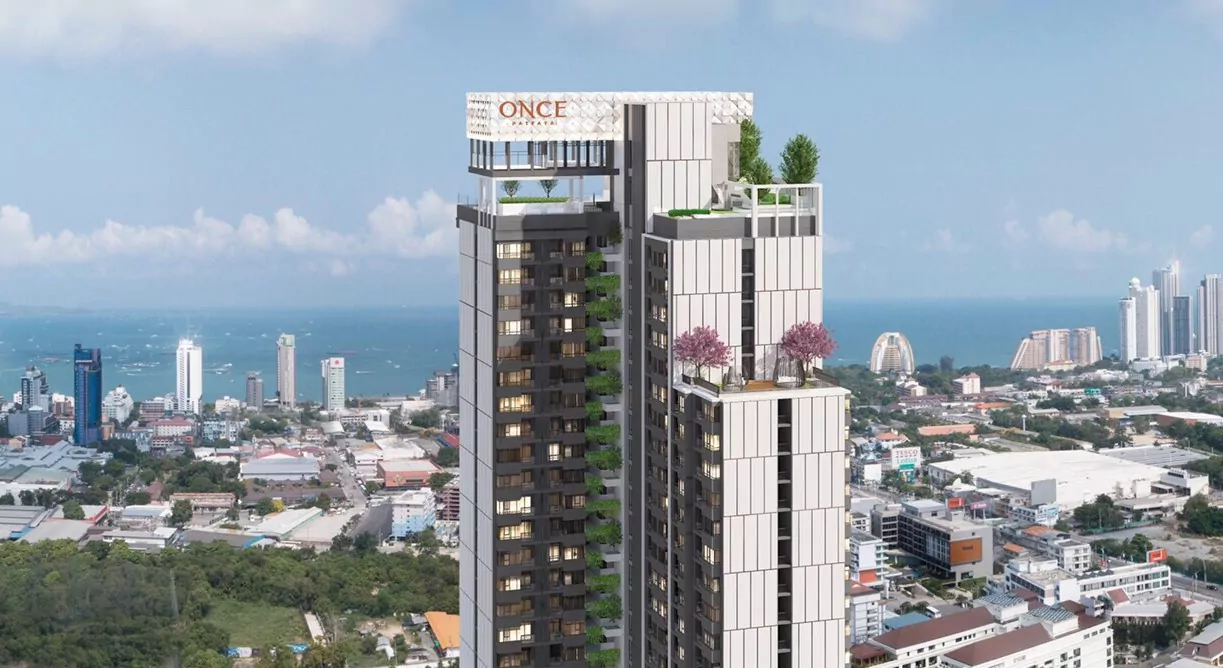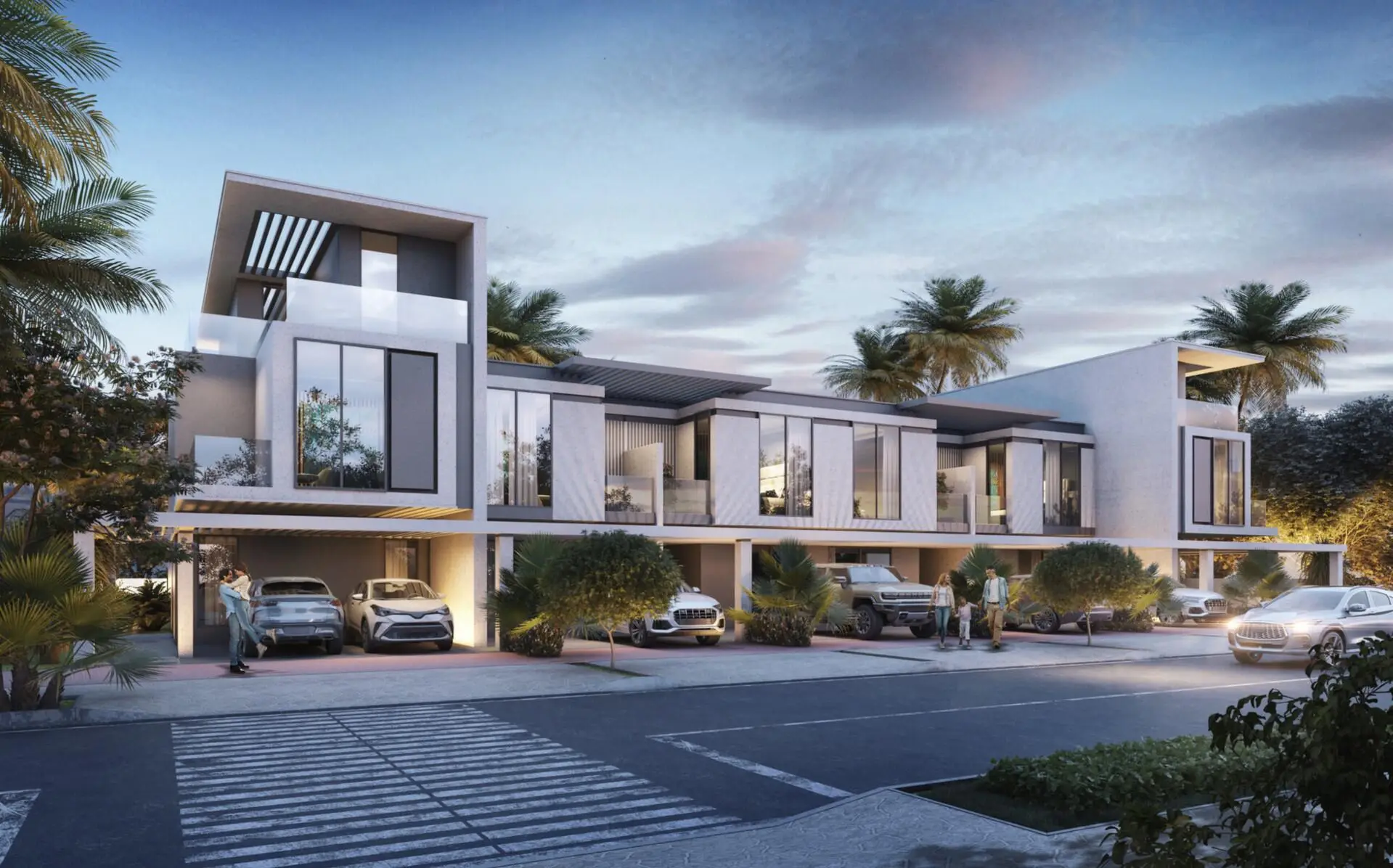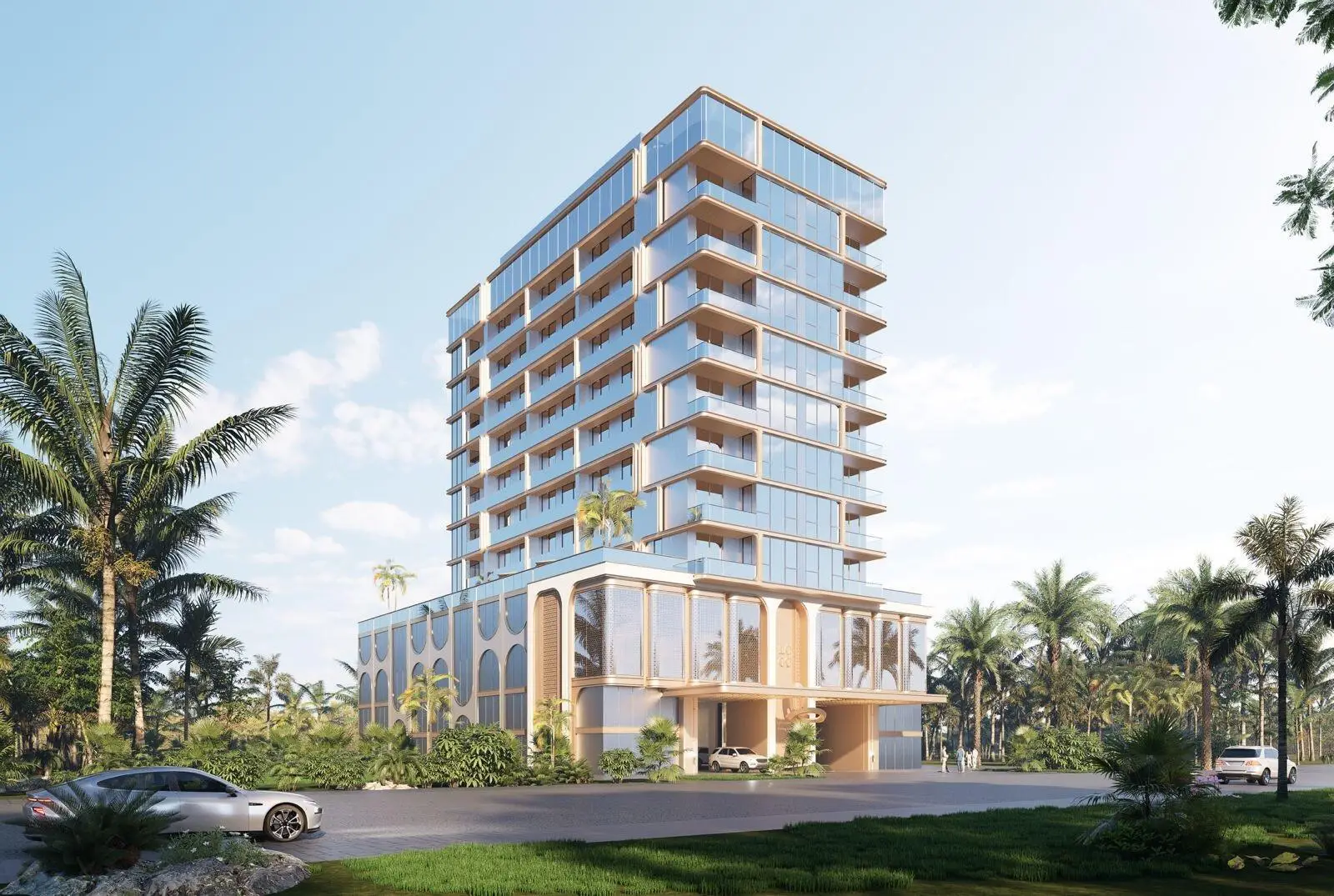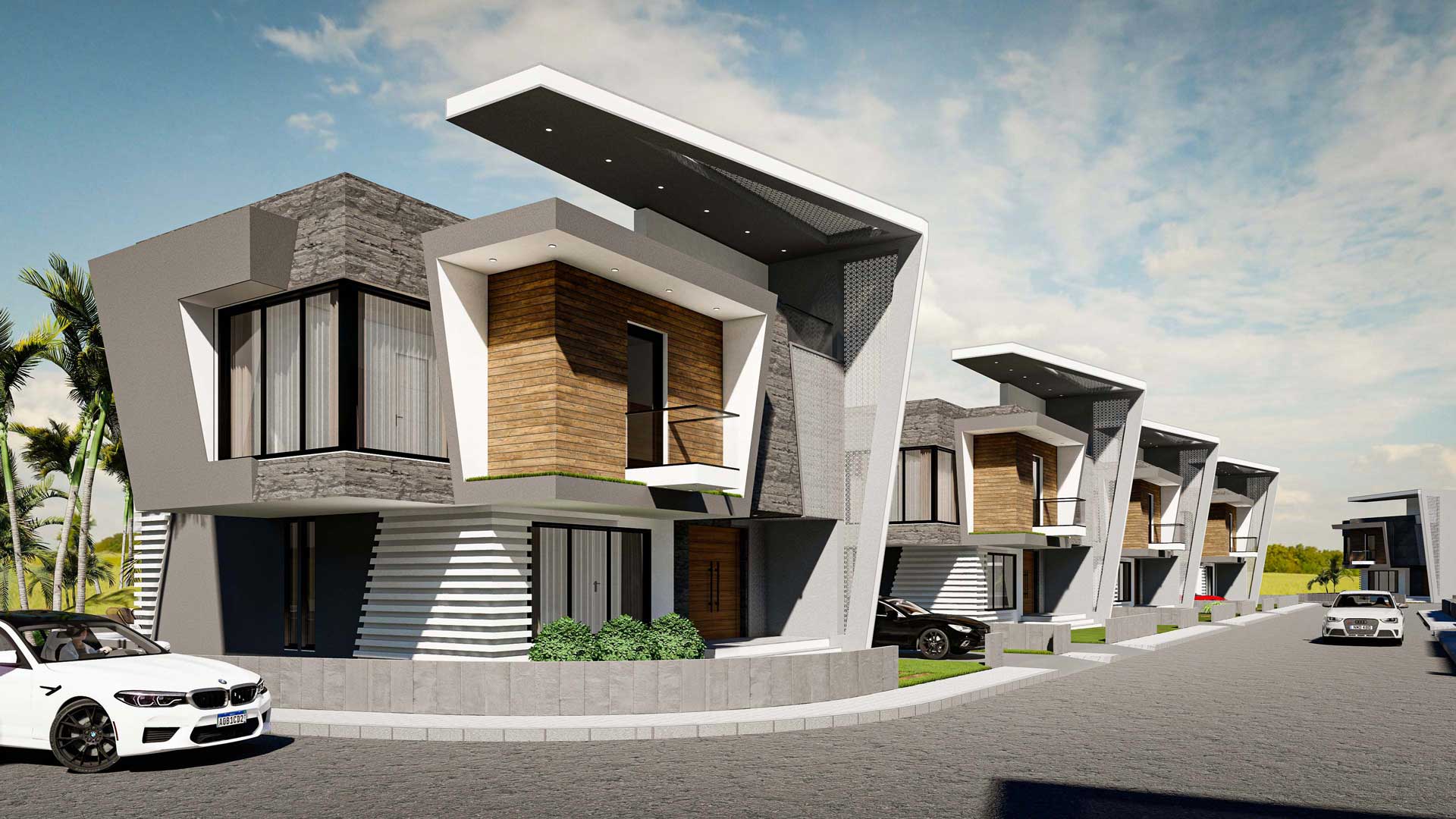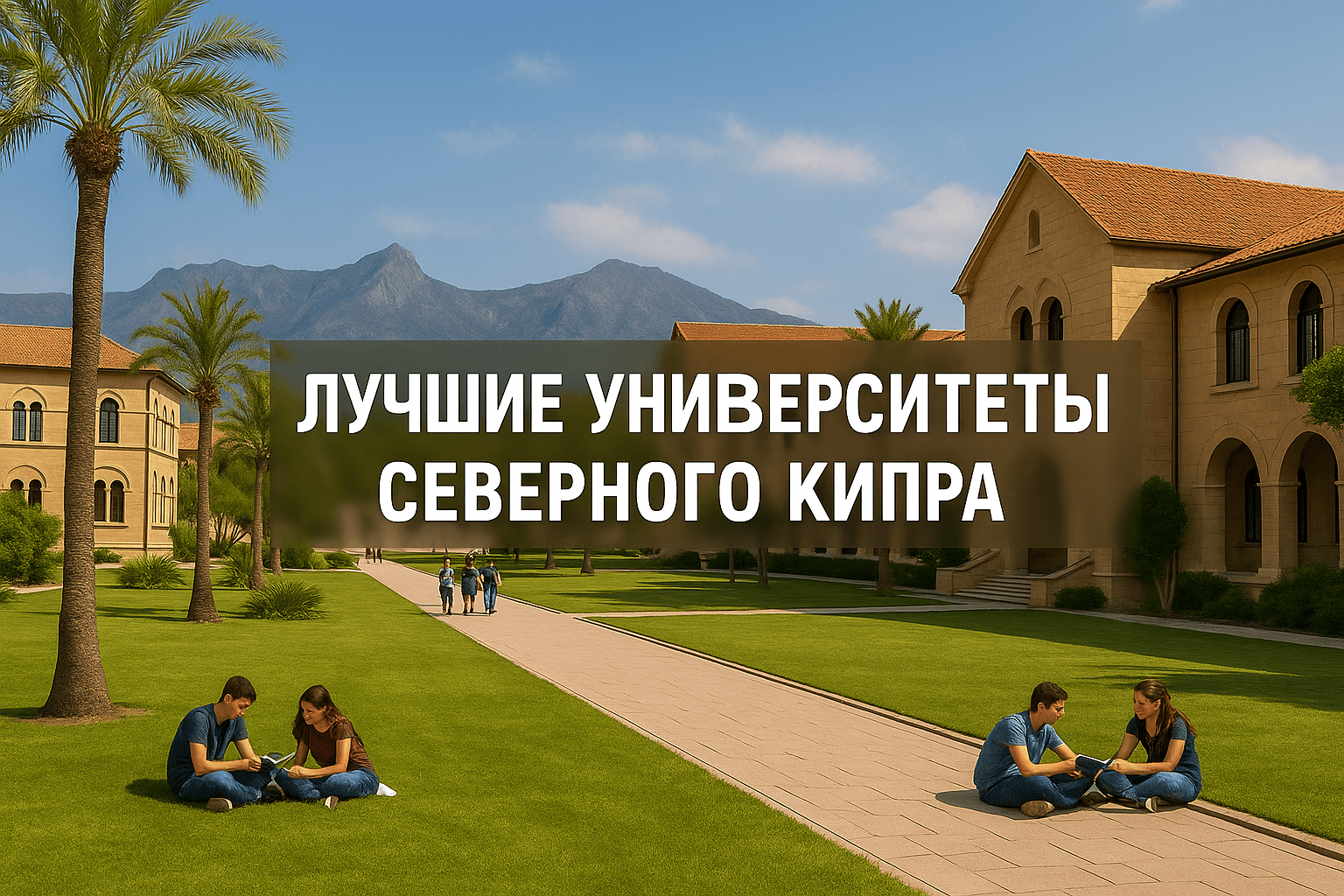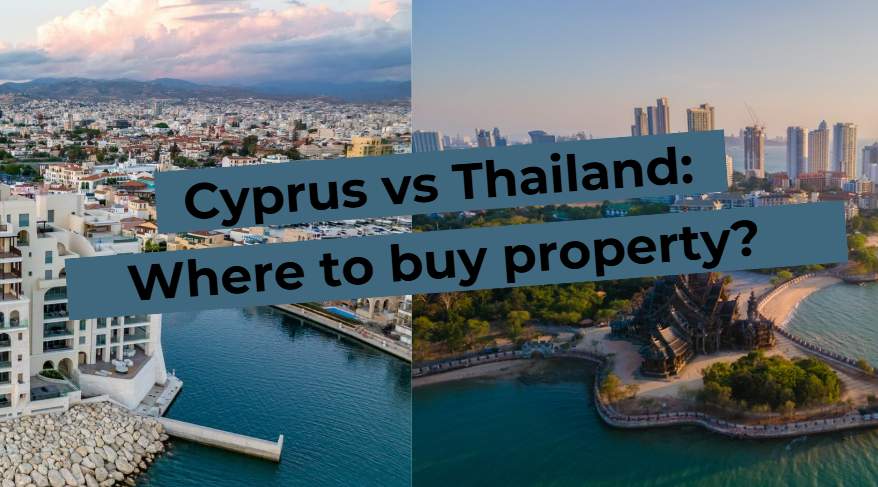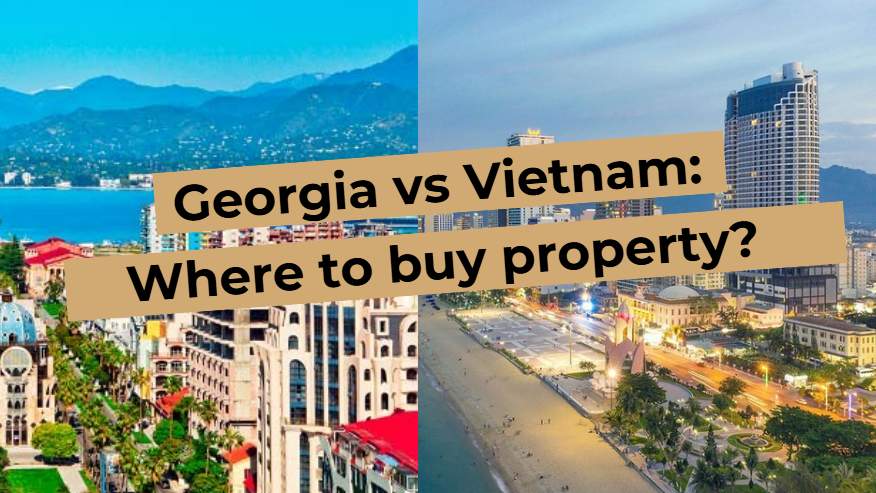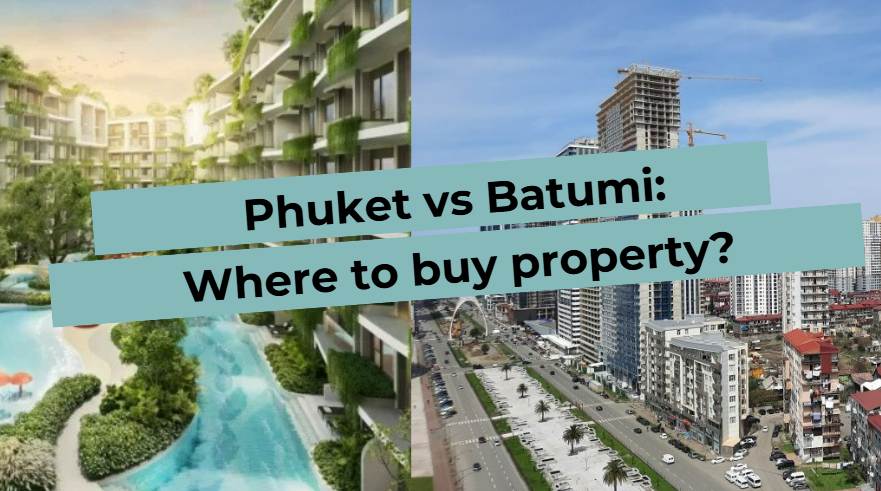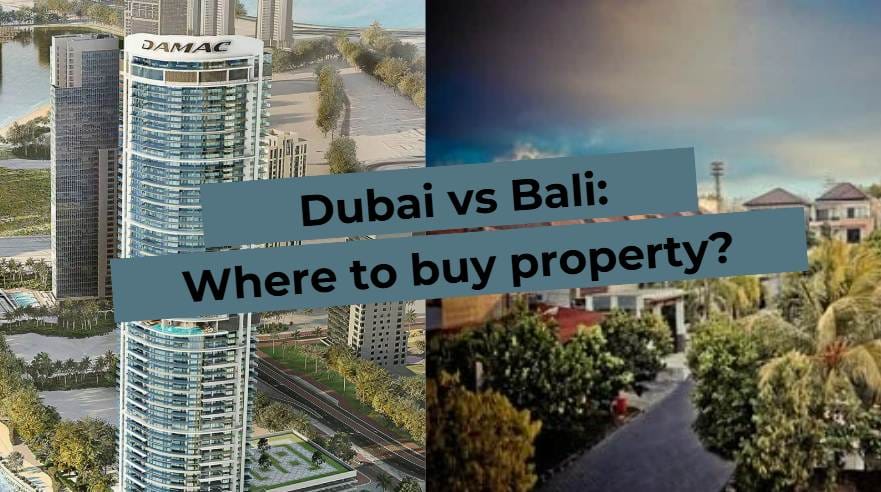
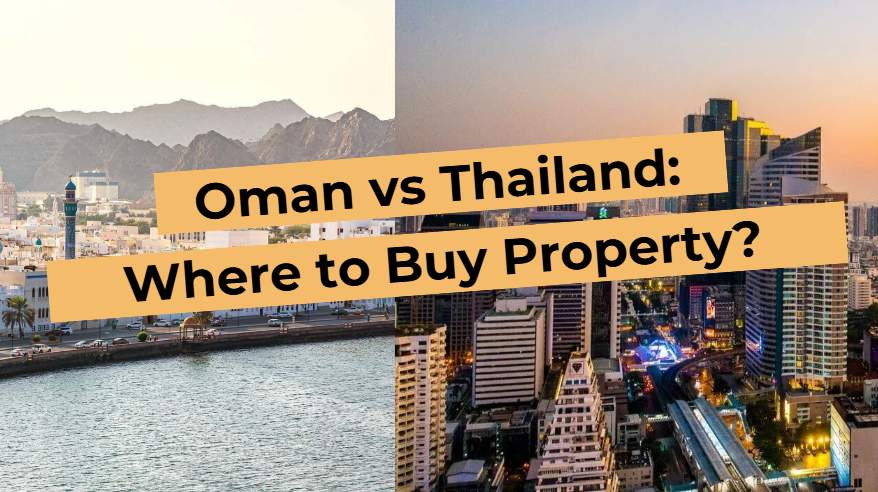
When it comes to choosing between Oman and Thailand for real estate investment, everyone is faced with a difficult choice. These countries offer unique opportunities but differ in culture, laws and economic situation. Comparing these destinations becomes particularly relevant as the real estate market in both states is showing significant growth. In this article we will look at the key aspects that will help investors and emigrants to make an informed choice.
Now let's go into more detail to see where it really stands invest in real estate.
Analysis of the real estate market in Oman
Oman is becoming an increasingly attractive destination for investors due to the diversity and affordability of real estate. In recent years. real estate investment in Oman are gaining momentum.
Types of properties range from modern apartments to luxury villas and cozy resorts. In the capital, Muscat, prices for apartments start from about 150,000 euroswhile villas can cost up to 500,000 euros and up. In Salalah, known for its unique climate, prices are more affordable, starting from 100,000 euros for the apartment.
Oman is actively attracting foreign investors through freehold areaswhere buying real estate is becoming easier and more affordable for foreigners. This is a great opportunity for those who are thinking about, where to buy real estate abroad with minimal restrictions.
Infrastructural development in Oman is well underway. New projects include building modern shopping centers, improving the transportation network and developing tourism infrastructure. Muscat, in particular, is becoming the center of these transformations, making it even more attractive to investors.
Salalah, with its natural beauty and mild climate, is also attracting more and more attention. It is an ideal place for those seeking tranquility and comfort.
Analysis of the real estate market in Thailand
Thailand is not only a paradise for tourists, but also one of the most popular destinations for real estate investment. The market here continues to attract attention due to the variety of offers and favorable conditions for rent.
Popular destinations include Phuket, Bangkok, Pattaya and Chiang Mai. Each of these locations offers its own unique benefits. For example, in Bangkok, condominium prices start at approx. 120,000 eurosand in Phuket, houses can cost up to 300,000 euros and beyond.
For foreigners in Thailand, there are certain restrictions. For example, they can only own 49% of space in apartment buildings, which makes the condominium market particularly popular. However, that doesn't stop investors, since rental income in Thailand remains attractive.
Short-term rentals, especially through platforms like Airbnb, generate a steady income, especially in tourist areas. Phuket and Pattaya are leaders in this area, with high occupancy rates throughout the year.
Rental market in Thailand also plays an important role. The demand for short-term rentals remains high, making investment in this area particularly profitable.
Investors may also consider purchasing real estate through Thai companies, which opens up additional opportunities to own land and bypass certain restrictions.
Comparison of key investment drivers: Oman vs Thailand
When it comes to choosing between Oman and Thailand for investment, it is important to consider a few key factors.
| Factor | Oman | Thailand |
|---|---|---|
| Cost of admission | Apartments from 150,000 euros (Muscat). | Condominiums from 120,000 euros (Bangkok, Pattaya, etc.). |
| Price per 1 sq.m. on average | 1,500-2,000 euros/sq.m. in Muscat. | 1,200-2,500 euros/sq.m. in Bangkok, Phuket. |
| Formalization | Available in freehold areas, decorating takes 1-2 monthsand it's on a private person. | Requires strategy (freehold up to 49%, either through the Thai company), the design is. up to 2 months. |
| Tax on the purchase of real estate | 3-5% (including stamp duty and registration). | About 6.3-7% (transfer tax + stamp duty + agency fee). |
| Real estate ownership tax, per year | 0%There is no property tax for individuals. | In most cases. 0%, or a symbolic amountbut possible reforms are being discussed. |
| Rate of return | 5-7% p.a. in tourist areas. Seasonality affects. | Before 8-10% p.a. in popular locations. High occupancy of Airbnb and Booking. |
| Payback | 12-15 years old depending on the facility. | Ages 8-12especially in tourist centers. |
| Rent per day, average | 70-120 euros/night (villas and apartments in Muscat). | 50-150 euros/night (depending on the type and location: Phuket, Pattaya, Samui). |
| Profit per year, on average | 7,000-12,000 euros (after deducting expenses, for mid-range properties). | 10,000-15,000 eurosand it's possible to go higher in high season. |
| Annual growth of tourists | +5-8% per year. Tourism is developing, and the promotion of Oman as a new destination is increasing. | +8-10% On average. Thailand is a stable tourist magnet. |
| Real estate price growth per year | +3-6%. Prospect of increase due to infrastructure investment. | +4-7%especially in Bangkok and Phuket. Speculative growth in resort areas. |
| Legislative restrictions | Freehold areas are open to foreigners. | 49% restriction on ownership in a condominium. |
| Long-term prospects | The country is actively developing tourism and infrastructure, a steadily growing market. | High demand, developed infrastructure, but competition in the rental market is higher. |
So the choice between Oman and Thailand depends on your goals: whether you want stability and growth in the long term or are looking for high rental yields in the short term.
Nuances when buying a home: Oman vs Thailand
When it comes to buying real estate, both Oman and Thailand offer their own unique features to consider.
Purchase procedure: In Oman, the process of buying real estate for foreigners is quite transparent, especially in the freehold areas. Here you will need to hire a local lawyer to make sure all the paperwork is in order. In Thailand, the process can be more complicated, especially if you plan to register the property through a company to circumvent restrictions. In Thailand, it is also important to consider verifying land titles and complying with all local regulations.
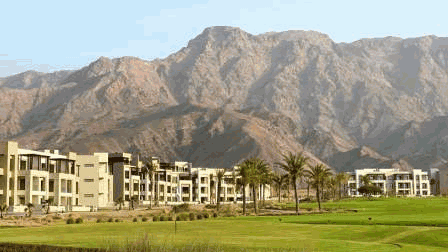
Primary vs secondary market: New projects are being actively developed in Oman, which makes the primary market particularly attractive. Prices for new apartments start from 150,000 euros. The secondary market is also stable, with bargains to be found. There is also a lot of new construction in Thailand, especially in tourist areas such as Phuket and Pattaya. Here prices start from 120,000 euros. The secondary market in Thailand offers many options, especially in popular tourist areas where you can find accommodation at attractive prices.
Participation of lawyers: In both countries, it is strongly recommended that you engage lawyers to review transactions. This will help avoid potential legal problems and ensure the safety of your investment. In Oman, lawyers will help with local laws and registration procedures, while in Thailand they will help with the paperwork and verify the legality of the transaction.
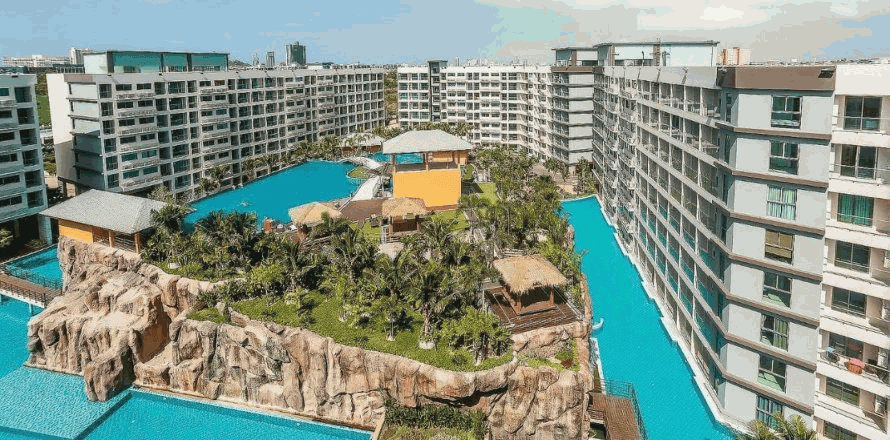
Possibility of registration on the company: Thailand often uses a company purchase scheme, which allows foreigners to own land. This can be more complicated to formalize, but opens up additional opportunities. In Oman, thanks to the freehold zonesForeigners can purchase real estate directly. This greatly simplifies the process and reduces the risks associated with legal restrictions.
Similarities and peculiarities of the real estate market: Oman vs Thailand
When we talk about the real estate market in Oman and Thailand, it is worth noting both the similarities and unique features of each of these destinations.
Geopolitical stability: Oman is known for its political stability and security, making it attractive to investors looking for reliability. This is supported by government initiatives aimed at attracting foreign investment and infrastructure development. Thailand, on the other hand, also shows stability, especially in the tourist regions, but the political situation can be volatile at times. However, the tourism sector here is growing steadily, which supports the economy.
Tourist flow and seasonality: Thailand has a consistently high tourist flow, especially in places like Phuket and Pattaya. This ensures a constant demand for rentals, which makes investing in real estate here particularly lucrative. In Oman, the tourist season is more pronounced, with a peak in the winter months, which also affects the rental property Oman. This creates opportunities for short-term rentals, especially in popular tourist areas.
Mortgage affordability: In Oman, mortgages for foreigners are available, but terms can vary from bank to bank. This makes buying real estate more affordable for those who want to invest in long-term projects. In Thailand, mortgages for foreigners are less common, but it is possible to arrange through international banks or local branches. This may require extra effort, but opens up access to lucrative investments.
An ecosystem for living and working: Oman offers a high standard of living with developed infrastructure and services. It has many modern shopping centers and convenient residential complexes, making it attractive to families and professionals. Thailand attracts with its diversity, from beach resorts to vibrant cities like Bangkok, offering everything you need to live and work comfortably. This makes it an ideal choice for digital nomads and those looking for a balance between work and leisure.
Outlook for growth and development of resort real estate: Oman vs Thailand
New infrastructure projects: Oman is actively investing in the development of its tourism infrastructure. Plans include creating new resort areas and improving transportation accessibility. For example, building new airports and improving the road network make the country more attractive to tourists and investors. This may increase the value of real estate in popular regions. In addition, Oman is developing seaports and cruise terminals, which can attract new tourists and contribute to the development of coastal zones.

Thailand continues to develop already well-known resorts. Phuket and Pattaya receive new hotels and entertainment complexes, which contributes to the increase in tourist flow. This creates additional opportunities for investment in rentals, especially short-term rentals. Work is also underway to improve transportation infrastructure, including the expansion of international airports and better rail connections, making travel more convenient.
State support: In Oman, the government actively supports tourism development through tax incentives and subsidies for new projects. This attracts international investors and contributes to the growth of the real estate market. Authorities are also working to simplify visa regulations for tourists, which could increase visitor flows. Thailand has also seen support for the tourism sector, especially in recovering from global events, which is encouraging real estate investment. Government programs are aimed at developing sustainable tourism and preserving natural resources.
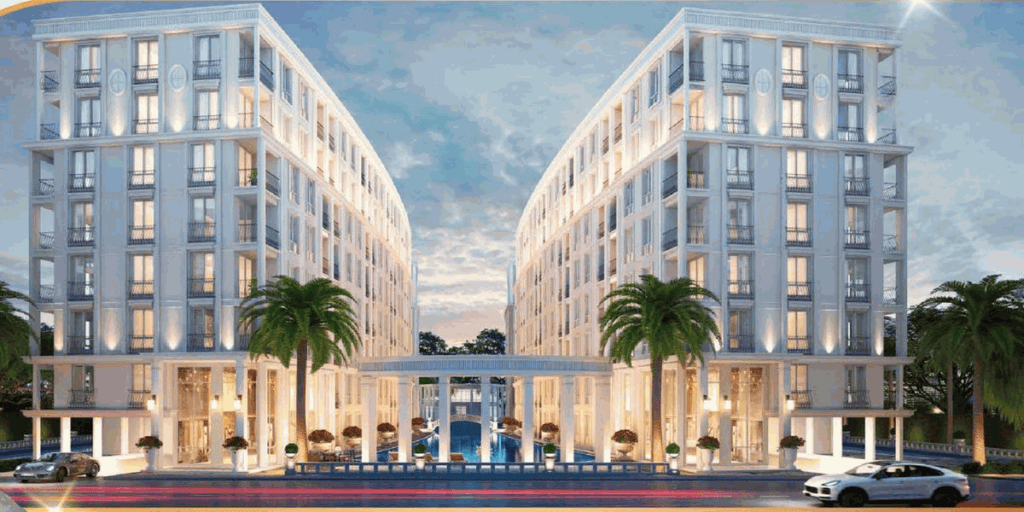
Future forecasts: Oman continues to develop its infrastructure and tourism, which promises steady growth in the real estate market. Resort property prices may increase, especially in popular areas where prices now start from 200,000 euros. Thailand is expected to see further growth in tourist traffic, which keeps rental demand high. Here, prices for resort properties start from 150,000 euros. Both destinations offer promising opportunities for investors interested in resort real estate with an eye toward future growth and development.
Short-term and long-term rental yields: Oman vs Thailand
Examples of ROI by facility: In Oman, rental yields can be very attractive, especially in popular tourist areas such as Muscat and Salalah. For example, apartments costing 150,000 euros can generate revenues of up to 7% per annum. This is due to the growing interest of tourists in the region and the increasing number of international events and festivals. In Thailand, especially in tourist destinations like Phuket and Pattaya, yields can reach 8-10%, especially for short-term rentals through platforms like Airbnb. High tourist flow and constant infrastructure development support this trend.
Delivery platforms: Rental properties are booming in Oman and many owners are using international platforms such as Airbnb and Booking.com to attract tenants. This is especially true during the tourist season when demand for short-term rentals increases. In Thailand, these platforms are also popular, and due to the steady flow of tourists, they provide high occupancy rates. In addition, localized platforms are actively developing in Thailand to help attract tenants on a long-term basis. This allows owners to flexibly manage their properties and maximize revenues.
Tenant Features: In Oman, tenants are often looking for short-term rentals during the tourist season, making this market particularly attractive to investors. Locals and expats also make up a significant proportion of long-term renters. This creates a stable rental market with constant demand. In Thailand, due to the large number of tourists, rental demand remains high all year round. Many foreigners prefer to rent on a long-term basis, which provides a stable income for owners. This makes the rental market in Thailand particularly dynamic and profitable.
Economy and standard of living: Oman vs Thailand
GDP and economic growth: Oman is showing stable economic growth due to the development of the oil sector and diversification of the economy. The government is actively investing in infrastructure and tourism, which contributes to GDP growth. This makes the country attractive to investors looking for stability. In addition, Oman is developing free economic zones, which attracts international companies and contributes to job creation.
In Thailand, the economy is also showing positive momentum, especially in the tourism and industrial sectors. GDP growth is supported by exports and domestic consumption. Thailand is actively developing its technology sector and startups, which attracts young professionals and entrepreneurs from all over the world.
Unemployment rate: In Oman, the unemployment rate remains low due to the government's employment programs and support for small businesses. This creates a favorable environment for foreign investment. Vocational training and skills development programs also help to reduce unemployment.
In Thailand, unemployment is also at a low level due to the development of tourism and industry. The high employment rate contributes to sustainable economic development and attractiveness to investors. The government supports small businesses and startups, which creates new jobs and stimulates the economy.
Inflation and purchasing power: In Oman, inflation is controlled through a stable monetary policy, which maintains the purchasing power of the local population. Prices of basic goods and services remain affordable, making life here comfortable. The country has also developed programs to support the population, which helps to keep the standard of living at a high level.
In Thailand, inflation is also under control, keeping housing and food prices stable. This creates a favorable living and working environment, especially for expats and digital nomads. The government is actively working to improve social infrastructure, which improves the quality of life.
Cost of living: In Oman, the cost of living can be higher, especially in major cities such as Muscat. However, the quality of life offsets these costs by offering a high level of comfort and security. Locals and expats alike note the developed infrastructure and high level of medical services.
In Thailand, the cost of living is more affordable, especially in the provincial zones. This makes the country popular with expats looking for a balance between quality of life and costs. Thailand offers a variety of recreational opportunities, making life here interesting and fulfilling.
Education and Medicine: Oman vs Thailand
International schools: There are a number of international schools in Oman offering high quality education of international standards. Tuition fees can range from 5,000 to 15,000 euros per year, depending on the level and program. This makes Oman attractive to families moving with children. Schools offer programs in English, making adaptation easier for international students. Many schools also offer a variety of extracurricular activities, including sports and arts, which helps children to develop holistically.
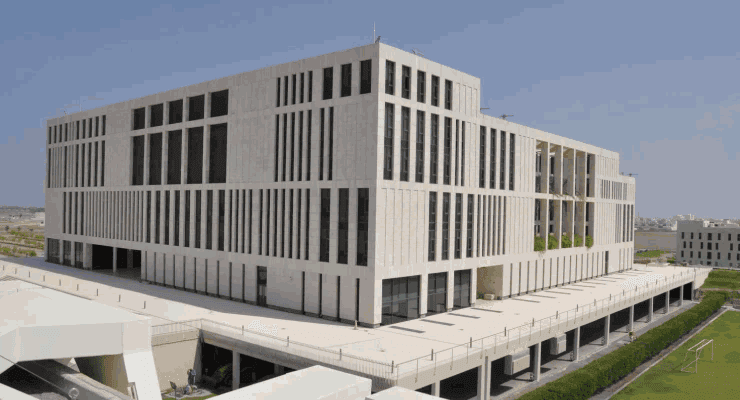
There are also many international schools in Thailand, especially in Bangkok and major tourist areas. Tuition prices here can range from 4,000 to 12,000 euros per year. Schools offer a wide range of programs, including British and American education systems, which attracts expats from all over the world. Schools with IB (International Baccalaureate) programs, which prepare students for universities around the world, are popular in Thailand.
Health centers and insurance: Oman offers a modern medical infrastructure with top-notch hospitals and clinics. Medical care is of international standards and many doctors are trained abroad. The cost of medical insurance for expats can start from 500 euros per year, depending on coverage. Telemedicine programs are being developed in the country to facilitate access to health services in remote areas.
In Thailand, medical services are also at a high level, especially in private clinics. Bangkok and other major cities are known for their modern medical centers, which attract medical tourists. Insurance here can cost from 300 euros per year, making medical care affordable and of high quality. Many clinics offer comprehensive medical tourism programs, including examinations and treatment, making Thailand a popular destination for medical care.
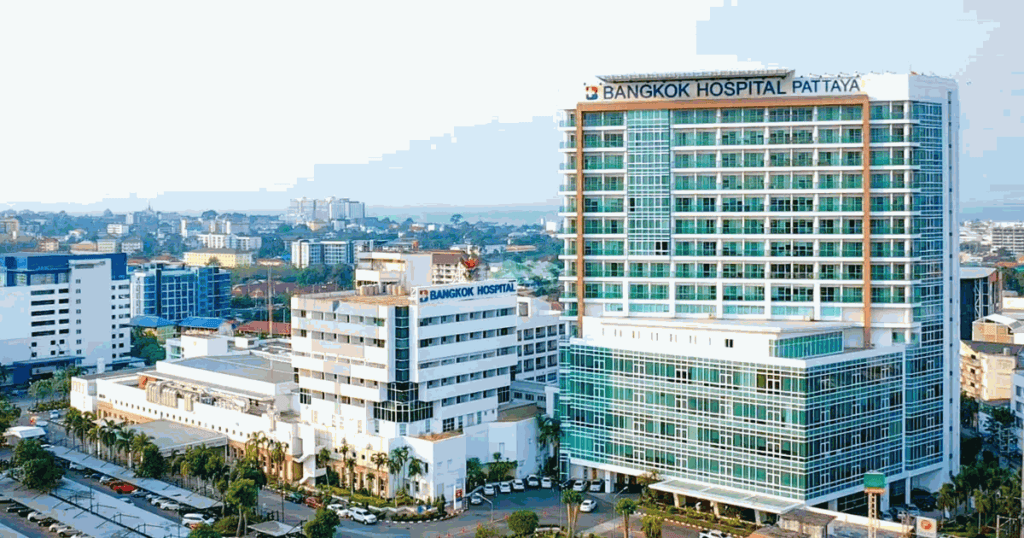
Accessibility of private medicine: In Oman, private medicine is well developed and many expats prefer to use these services because of their high quality and speed of service. This makes it possible to receive medical care without long waits and queues. Private clinics offer a wide range of services, from general practice to specialized consultations.
In Thailand, private medicine is also popular, with many clinics offering a wide range of services. This makes the country attractive for medical tourism, as the quality of care often exceeds expectations and prices remain affordable. Many clinics cooperate with international insurance companies, which simplifies the process of obtaining medical care for foreign nationals.
Roads and transport infrastructure: Oman vs Thailand
Accessibility and quality of roads: Oman has a high level of road infrastructure. The main highways and roads between cities are well developed, which makes traveling around the country convenient and fast. The government is actively investing in expanding and modernizing the road network, which contributes to economic development. Cost of renting a car in Oman is about 30-50 euros per day, making traveling across the country affordable and comfortable. In addition, new road network expansion projects include the construction of bridges and tunnels, which improves connectivity between regions.
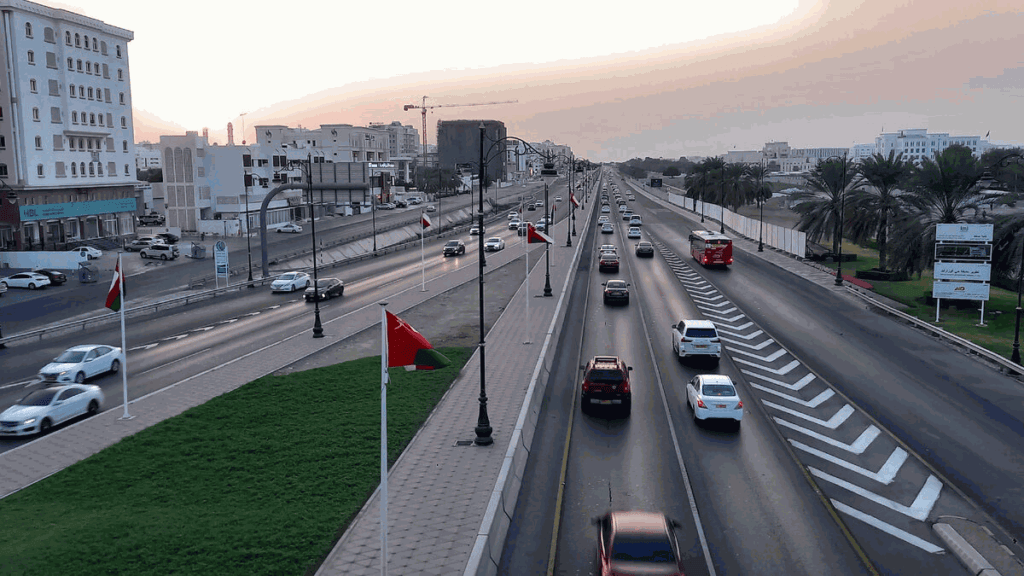
Thailand's road network is also well-developed, especially in major cities and tourist areas. However, traffic can be difficult in some regions due to congestion, especially in Bangkok. Nevertheless, the government is working to improve the transportation system, including the construction of new roads and interchanges. Rent a car in Thailand will cost about 20-40 euros per day. The country is also developing projects to improve public transportation, which reduces pressure on roads.
Domestic transportation: In Oman, public transportation is provided by buses and cabs, but many people prefer to rent a car for convenience. In recent years, a carsharing system has developed, making travel even more affordable. In Thailand, the transportation system is more diverse, including buses, cabs, tuk-tuks and subways in Bangkok. This provides easy access to different parts of the country and makes traveling convenient for tourists and locals. There are also plans to expand metro lines in Bangkok, which will improve transportation accessibility.

International communication: Oman has several international airports, including Muscat and Salalah, which offer direct flights to many countries around the world. This makes the country accessible to tourists and business travelers. The airports are equipped with modern facilities and offer a variety of services to travelers. In Thailand, international airports such as Suvarnabhumi in Bangkok and Phuket Airport also provide a wide range of international flights. This promotes tourism and facilitates international travel. Airports in Thailand are known for their high level of service and passenger convenience.
Visas: Oman offers simplified visa regimes for tourists and business travelers, making entry into the country more affordable. Visa can be applied for online, making the process easier for travelers. Thailand also has flexible visa policies, including visas on arrival and long-term visas for expats and digital nomads. This creates a favorable environment for travel and long stays in the country. Visa programs are constantly updated to meet modern requirements and attract more visitors.
Legal and tax specifics: Oman vs Thailand
Purchase, ownership and sales taxes: In Oman, the tax system for real estate is quite simple. Buyers pay a registration fee, which is usually about 3% from the cost real estate. There is no real estate tax, which makes ownership more profitable. There is also no capital gains tax on the sale of real estate, which is attractive to investors. This allows investors to focus on increasing the value of their assets without incurring additional tax costs.
In Thailand, the situation is a little more complicated. Buyers must consider several fees and taxes, including property transfer tax and stamp duty. Capital gains tax may also apply, but it depends on the length of time the property has been owned. Typically, the total purchase costs are approx. 6-7% from cost. This requires careful planning and consideration of all possible costs when making a purchase.
Property rights of foreigners: In Oman, foreigners can purchase real estate in freehold areasThis makes Oman attractive to foreign investors who want to own real estate directly. This makes Oman attractive to foreign investors who want to own real estate directly. The laws protect the rights of owners, which ensures the safety of investments. Oman also offers foreigners the opportunity to invest in large projects, which contributes to the development of the economy.
In Thailand, foreigners can only own 49% of space in apartment buildings, which requires additional strategies such as formalizing through a company. This can be more complicated, but opens up opportunities to own land through long-term leases. Laws are good at protecting the rights of foreigners, but it is important to comply with all local regulations. Thailand offers counseling services for foreign investors to facilitate the buying process.
Residence, residence permits, visa regimes: In Oman, obtaining residency is possible through real estate investments, making the country attractive to expats. The visa can be extended for an extended period of time, which facilitates permanent residency. Oman also offers programs for investors who plan a long-term stay. This creates a favorable environment for those who want to move to the country with their families.
Thailand has several long-term visa programs, including retiree and investor visas. These programs simplify the process of obtaining residency and make the country available for long-term residence. Thailand is actively developing visa programs, which attracts professionals from all over the world. This makes the country attractive to those seeking a balance between work and vacation.
What should an investor choose: Oman or Thailand?
Investor profile for each country: Oman is ideal for investors looking for stability and long-term prospects. Due to the simplicity of the tax system and the possibility of purchasing real estate in the freehold areasThe country attracts those who want to minimize bureaucratic complexities. Oman offers a stable economy and a high level of security, making it attractive to families and retirees.
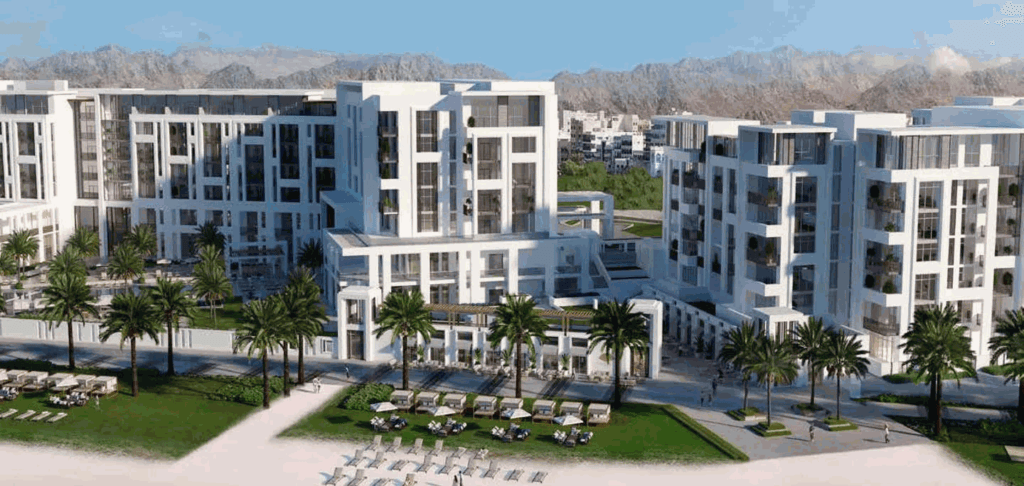
Thailand, with its dynamic rental market and tourist appeal, is more suitable for investors interested in short-term rentals and high returns. A variety of properties can be found here with prices ranging from 120,000 eurosThailand is the choice for those looking for active market participation and a quick return on investment. Thailand is the choice for those looking for active market participation and a quick return on investment.
Risks and opportunities: In Oman, the main risk may be the economy's dependence on the oil sector, but the government is actively working on diversification. Opportunities include investment in the growing tourism sector and infrastructure projects, which promises stable growth.
In Thailand, the risks are associated with political instability and changes in legislation relating to foreign ownership. Nevertheless, the country offers tremendous opportunities in tourism and rentals, making it attractive to active investors. Infrastructure development and support for the tourism sector create favorable conditions for growth.
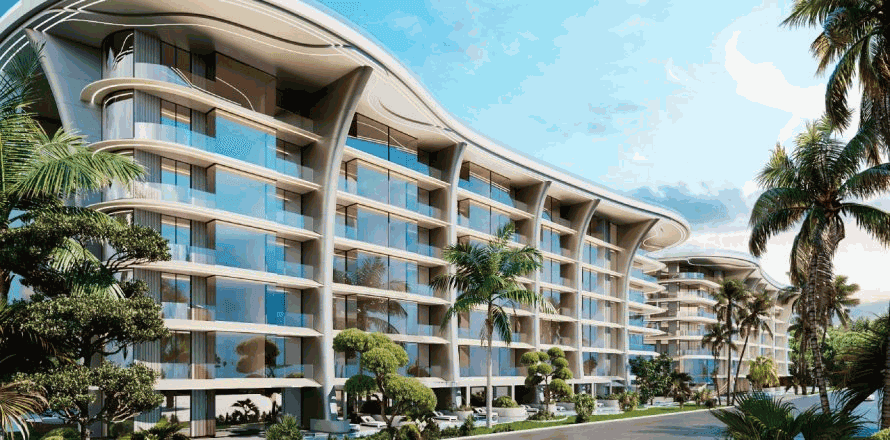
A brief selection checklist:
- Define your goals: long term investment or short term rental.
- Explore the tax and legal specifics of each country.
- Assess risks and opportunities based on the current economic situation.
- Consider personal preferences: climate, culture, standard of living.
So the choice between Oman and Thailand depends on your investment objectives and preferences. Both destinations offer unique opportunities for growth and development.
Apartments, villas and resorts are available in Oman, especially in freehold areas for foreigners.
High rental yields, developed tourist infrastructure and affordable real estate prices.
Buyers pay a registration fee of about 3% of the property value and there is no capital gains tax.
Foreigners can only own 49% of space in apartment buildings, but schemes through companies are possible.
Yields can be as high as 8-10%, especially in tourist areas with short-term rentals.
Stable economy, simple tax system and the opportunity to invest in the growing tourism sector.
They provide high quality education of international standards, which attracts expat families.
Thailand has an extensive network of roads, public transportation and international airports, making it easy to get around.
Oman offers programs for investors to gain residency through real estate investments.
Investors looking for stability and long-term prospects with minimal bureaucratic complexities.
What types of real estate are available in Oman?
Apartments, villas and resorts are available in Oman, especially in freehold areas for foreigners.
What are the main advantages of investing in Thailand?
High rental yields, developed tourist infrastructure and affordable real estate prices.
What taxes are paid when buying real estate in Oman?
Buyers pay a registration fee of about 3% of the property value and there is no capital gains tax.
Can foreigners own land in Thailand?
Foreigners can only own 49% of space in apartment buildings, but schemes through companies are possible.
What is the rental yield in Thailand?
Yields can be as high as 8-10%, especially in tourist areas with short-term rentals.
What attracts investors to Oman?
Stable economy, simple tax system and the opportunity to invest in the growing tourism sector.
What role do international schools play in Oman?
They provide high quality education of international standards, which attracts expat families.
How is the transportation infrastructure in Thailand?
Thailand has an extensive network of roads, public transportation and international airports, making it easy to get around.
What visa programs are available in Oman for investors?
Oman offers programs for investors to gain residency through real estate investments.
What is the right investor profile for Oman?
Investors looking for stability and long-term prospects with minimal bureaucratic complexities.




